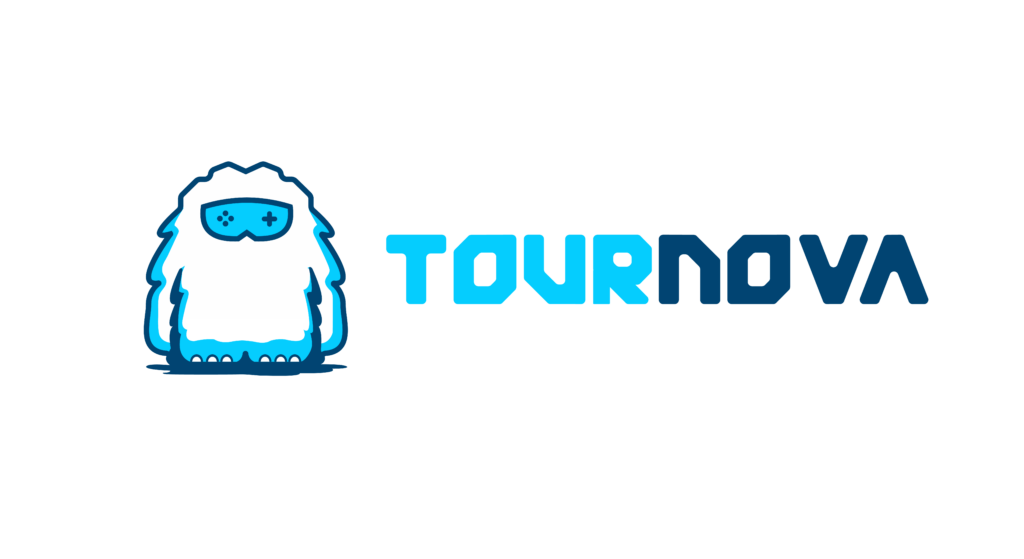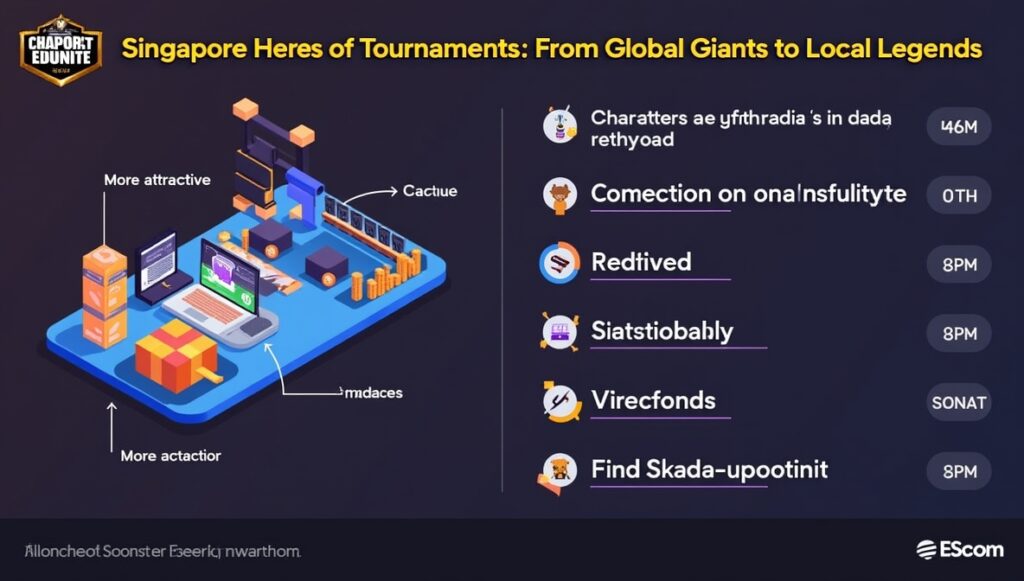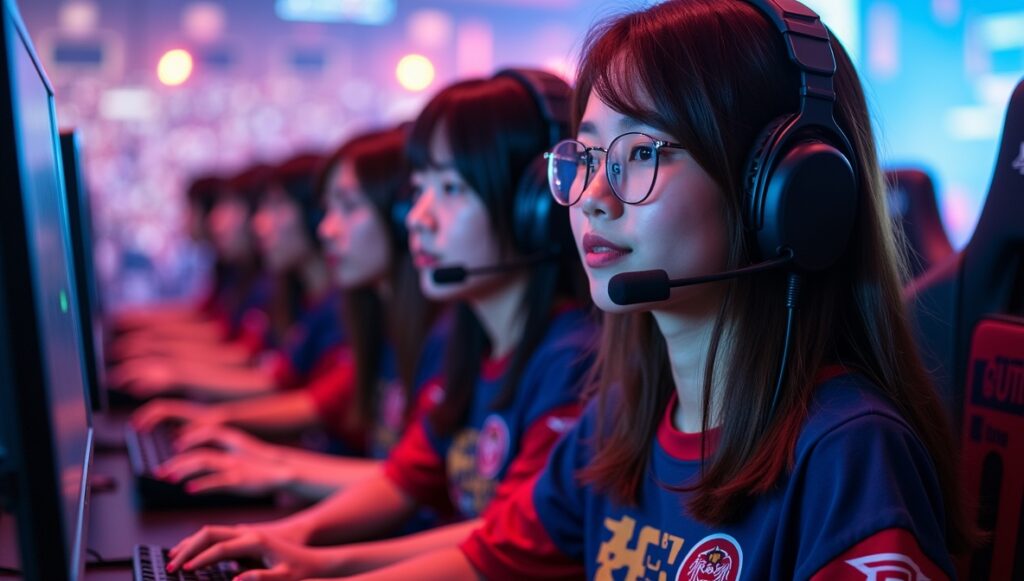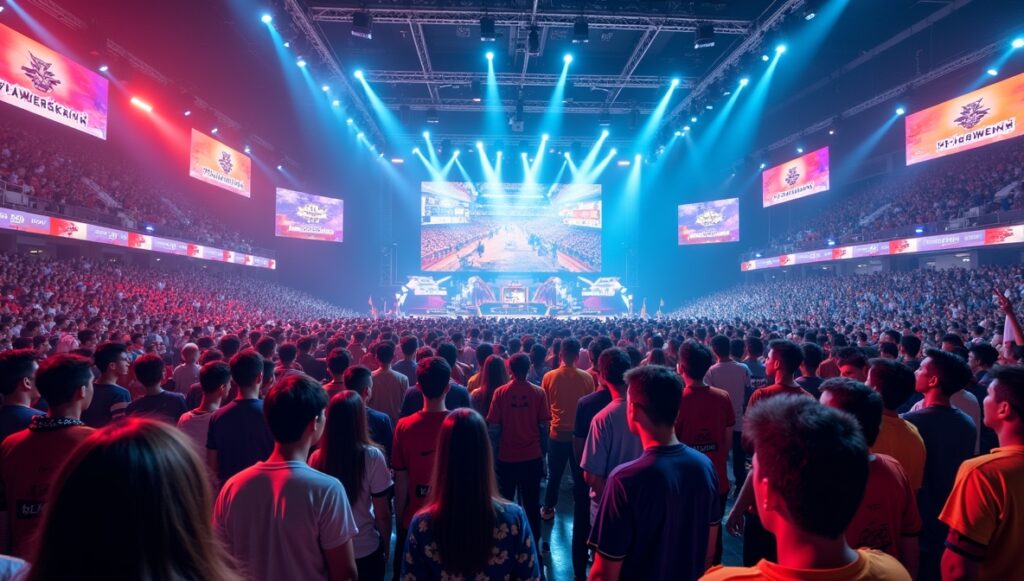Counter-Strike 2 (CS2) goes beyond nailing headshots or pulling off those nail-biting plays. The real challenge often lies in how you handle your economy. To turn those close matches into wins, you must get the hang of the economic system. It’s not just about having enough cash to buy weapons; it’s about how your spending choices can influence the outcome of each round, your team’s strategy, and, ultimately, your odds of victory. This CS2 economy guide will help you understand the system.
In this guide, we’ll dive into the details of CS2’s economy system, arming you with the knowledge and strategies you need to master money management and boost your chances of clinching more rounds.

CS2 Economy Guide: Basics of the CS2 Economy
How the Economy Works
At the heart of CS2’s gameplay is the economy system, which governs how money is earned, spent, and saved across rounds. Each player starts with $800, and the goal is to make sure you’ve got enough for your team’s needs—whether that’s securing rifles, armor, or utility. Every action in the game has an associated monetary reward or penalty, and understanding these mechanics is key.
You earn money primarily from two things: kills and round wins. However, there are also bonuses tied to specific objectives that can quickly shape your financial situation. Let’s take a closer look at how you make money and the rules surrounding the distribution.
Sources of Income in CS2
- Kill Rewards: The money you earn from kills depends on which weapon you use and the value of the kill. For example, a headshot kill with a rifle yields more than a pistol kill. Players who rack up kills with weapons like the AWP (which costs a hefty $4750) can earn significant rewards, boosting the team’s economy.
- Round-End Bonuses: Each round offers a set bonus that’s divided among team members at the end of a match. Winning a round rewards your team with a substantial bonus, while losing a round sets your team up for a loss bonus, which increases after consecutive losses. This “loss bonus,” as explained in this CS2 economy guide, is designed to help teams get back on their feet, ensuring that even when you’re on the back foot, you still have a fighting chance.
- Bomb Plants & Defusals: These are objectives that impact the economy in more ways than one. A bomb plant rewards the attacking side with a money boost, even if they lose the round. This creates an incentive to push aggressively towards bomb sites. Similarly, the defending team gets money for successfully defusing the bomb, which adds a layer of strategy for both sides to think about during each round.
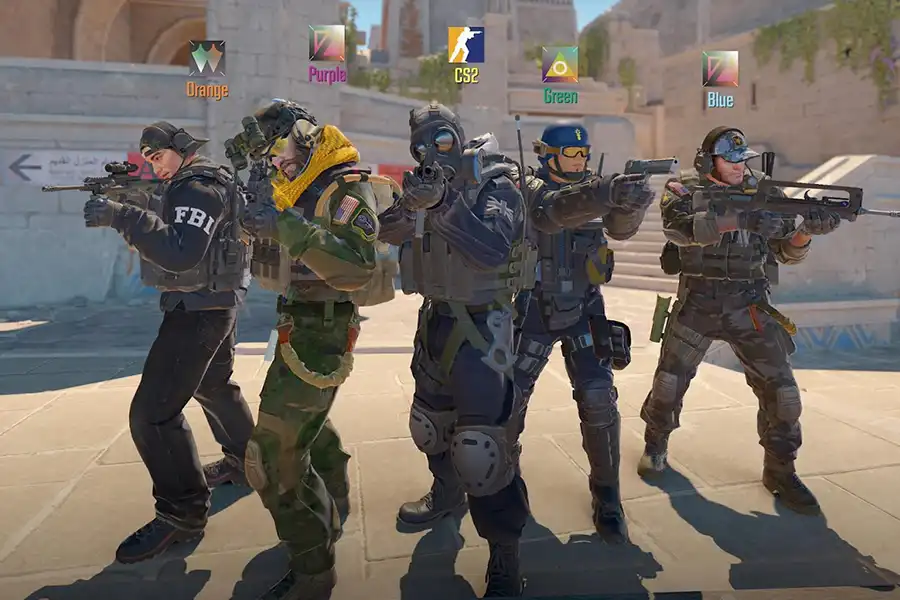
CS2 Economy Strategies
Now that we understand the basic mechanics, let’s dive into some practical strategies. How can we manage our economy to turn the odds in our favor?
Full Buy Rounds
A full buy is when your team has enough funds to purchase rifles, armor, and utility. It’s the ideal scenario, allowing you to come in strong and prepared. Full buys are crucial, but they don’t happen every round. Recognizing when to go for a full buy is the first step in optimizing your economy.
You’ll want to make sure you’re fully stocked with rifles like the AK-47 or M4A4, as well as enough utility—smokes, flashes, and Molotovs—to control the map and outplay the enemy. These rounds can be the deciding factor in a close game, so it’s essential to make sure your team is on the same page, using the economy efficiently, as this CS2 economy guide emphasizes.
Force Buy
A force buy happens when your team doesn’t have enough money for a full buy but decides to buy aggressively anyway. This is often done in situations where a loss would cripple your team’s economy, so you take a risk, hoping to win the round and flip the script.
When to force buy? Typically, you’d use this strategy when your team has only enough for pistols, armor, and maybe one or two utility items, but a loss would put you in a difficult position going into the next round. A successful force buy can swing momentum, but it’s a high-risk, high-reward.
Half Buy or Semi Buy
The semi-buy is a strategy for when your team is low on funds but still wants to stay competitive. A half-buy usually involves purchasing cheaper weapons (like the FAMAS or Galil) and possibly skipping armor or utilities to save up for the next round. This is a good strategy when your team is still recovering from a loss but wants to avoid an eco round.
The key to this strategy is making sure you’re not too underpowered—though you may be missing out on full utility or armor, the goal is to be competitive and close enough to challenge the enemy.
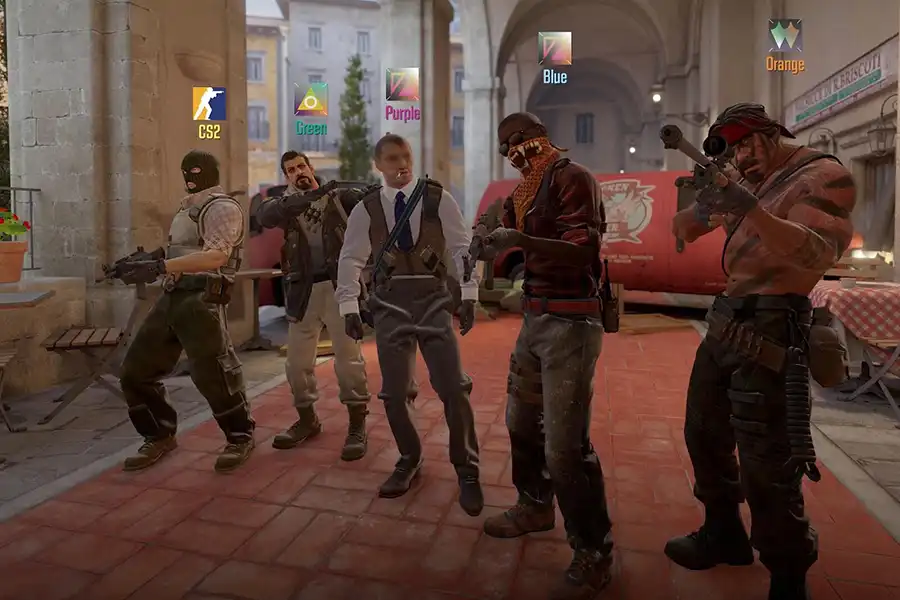
Eco or Save Rounds
Saving money is sometimes the best choice. An eco round, or “save round,” happens when you intentionally forgo buying expensive weapons to build up funds for the next round. During these rounds, you typically buy only pistols, and sometimes not even that, to minimize spending. As this CS2 economy guide explains, this is a crucial part of a long-term economic strategy.
While these rounds often result in a loss, they set your team up for a full buy in the next round. The key to eco rounds is knowing how to exploit the enemy’s economy while you save. If you can get a couple of key kills or even plant the bomb during an eco round, it can pay off big.
Anti-Eco or Farming Rounds
When the enemy is on an eco round, it’s time for your team to farm. Anti-eco rounds are all about maximizing your kill rewards and minimizing risks. When your opponents are buying only pistols, they’re far less dangerous, so it’s the perfect opportunity to farm kills, get extra money, and maintain your strong economy.
Hero Buy
Sometimes, a single player’s purchase can make all the difference. The hero buy strategy revolves around investing all of your team’s available money into one player to carry them through a round. This could be buying them a rifle, armor, and all the utilities they need. Hero buys are high-risk and only effective if the player can capitalize on the investment and turn the round around.
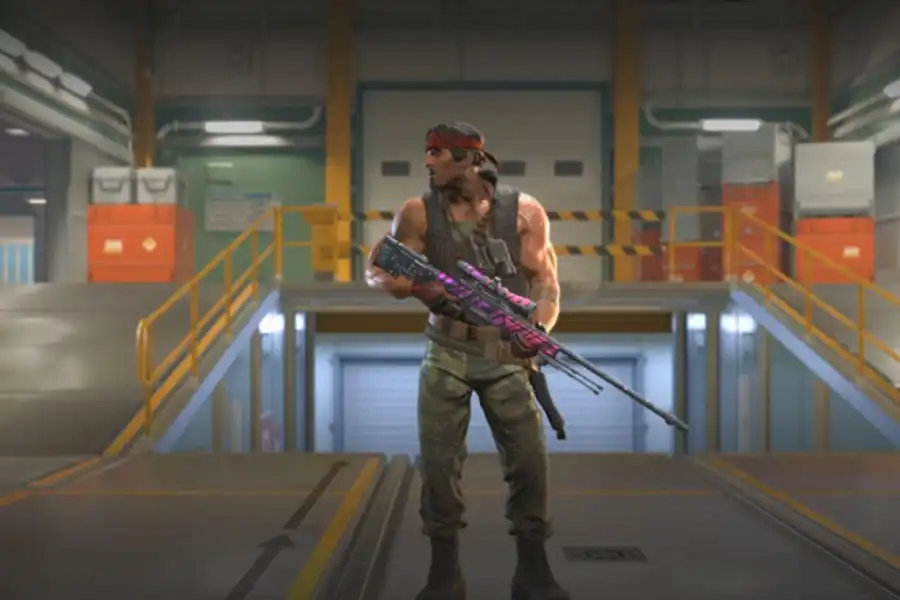
CS2 Economy Tips
Maximizing your rounds goes beyond just understanding the economy—it’s about communication, wise spending, and supporting your teammates. This CS2 economy guide highlights these crucial elements.
Communicate With Your Team
Effective communication is essential for managing your team’s economy. Let your teammates know when they should save, buy, or support someone else’s hero. It’s all about balancing the economy within your team. One poor buying decision can spiral into a chain of losses, so staying coordinated is vital.
Spend Money Wisely
It’s tempting to buy everything in sight, but that can quickly ruin your economy. Avoid unnecessary purchases. Buy only what you need for the round, and don’t overspend on utilities if they’re not essential. Save your money for the rounds that matter most.
Drop Weapons for Your Team
Sharing is caring, and in CS2, it’s an essential strategy. Dropping weapons for teammates who need them can help maintain a solid team economy. Don’t hoard weapons when you can help your team by equipping someone else with the necessary tools to succeed.
Avoid Buying Constantly
Knowing when to save is just as important as knowing when to buy. If your team is low on funds and the next round is crucial, it’s often better to save for a full buy, ensuring you’re fully prepared for a high-stakes round.
Strategic Play Meets Engagement: Insights from CS2 Economy and Tournova’s Vision
The “CS2 Economy Guide” highlights the critical importance of resource management and team collaboration in securing victory, emphasizing strategies like eco rounds, force buys, and hero buys to manage resources and tilt matches in your favor intelligently. Similarly, “Tournova” offers a platform where tournament participants and organizers can effectively harness resources—like tokens or tournament tools—to ensure a seamless, competitive environment. Just as players must evaluate when to save or spend in CS2 to maximize their odds of success, our platform provides users with features to optimize tournament settings, manage digital economies, and engage players of all levels.
Through its “token economy,” Tournova reflects the essence of strategic resource management seen in CS2. Players engage in tournaments while balancing resources they’ve earned or saved, aligning with the broader principles of risk and reward.
Conclusion
With the insights from our CS2 economy guide, you should now understand how to control the flow of money and manage your economy in Counter-Strike 2. Whether it’s force-buying your way out of a sticky situation or saving for the next big round, remember—economy and teamwork are key!
FAQ
How does the economy work in CS2?
The economy in CS2 revolves around earning money through kills, bomb plants, and round wins. The better you perform, the more money you accumulate, which you can use to purchase weapons, armor, and utilities for future rounds.
How do you earn money in CS2?
You earn money by getting kills, planting or defusing the bomb, and winning rounds. Losing rounds also gives you a loss bonus to help recover your economy.
How does the money system work in CS2?
The system is designed to balance the game by rewarding players for performance. Winning rounds reward you with a significant bonus, while losing rounds give you a loss bonus that grows after each consecutive loss.
What is an eco round in CS2?
An eco round is when a team deliberately saves money by buying low-cost weapons, usually pistols, in preparation for a full buy in the following round.
